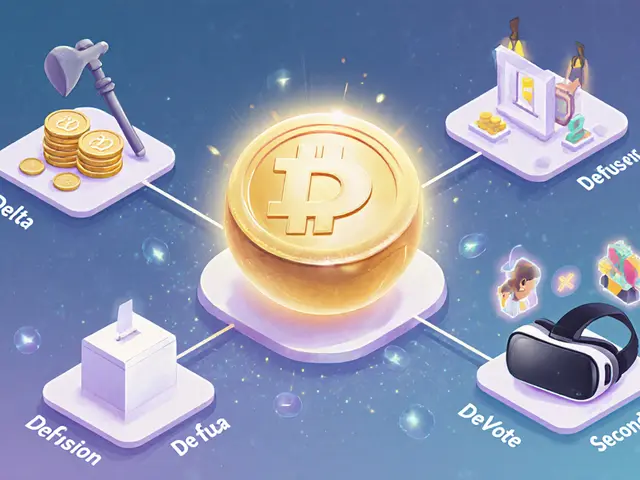AMM (Automated Market Maker) Deep Dive
When working with AMM, an algorithmic protocol that lets users trade tokens without an order book by using smart contracts. Also known as Automated Market Maker, it provides continuous liquidity and price discovery for DeFi participants. A core component of this system is the Liquidity Pool, a shared reserve of paired tokens that fuels every trade on an AMM. These pools enable Token Swap, the instant exchange of one cryptocurrency for another directly from the pool, and they power most Decentralized Exchange, a platform where users trade without a central authority. In short, AMM encompasses liquidity pools, token swaps, and DEX functionality, creating a self‑sustaining trading ecosystem.
Because trades pull assets directly from the pool, the price moves according to a mathematical curve—most commonly the constant product formula x·y = k. This rule links the two tokens' reserves, ensuring that as one side is bought, its price rises while the other falls. The result is instant price discovery, but it also introduces impermanent loss, the temporary dip in a liquidity provider’s value compared to simply holding the assets. Understanding how price impact, slippage, and impermanent loss interact helps traders decide when to add liquidity or execute a swap. For example, a high‑volume trade on a small pool can cause significant slippage, raising costs for the trader while rewarding the pool’s providers with higher fees.
Beyond pure trading, AMMs enable a range of financial primitives: yield farming, layered liquidity incentives, and cross‑chain bridges. Projects can customize the swap curve, add fee tiers, or integrate oracle data to fine‑tune risk and reward. As DeFi evolves, newer models like concentrated liquidity and dynamic fees aim to reduce impermanent loss and improve capital efficiency. Our collection below covers everything from beginner guides on how AMMs work, to deep dives into specific protocols, tokenomics, and the latest innovations shaping the space. Explore the articles to see real‑world examples, step‑by‑step tutorials, and expert analyses that will help you navigate automated market makers with confidence.

Discover what Ordiswap (ORDS) is, how its Bitcoin‑based AMM works, tokenomics, market performance, and future outlook in this comprehensive guide.
Jonathan Jennings Aug 14, 2025
A 2025 review of GoSwap crypto exchange covering its AMM model, fees, liquidity, security, and how it stacks up against Uniswap and other DEXs.
Jonathan Jennings Oct 24, 2024




